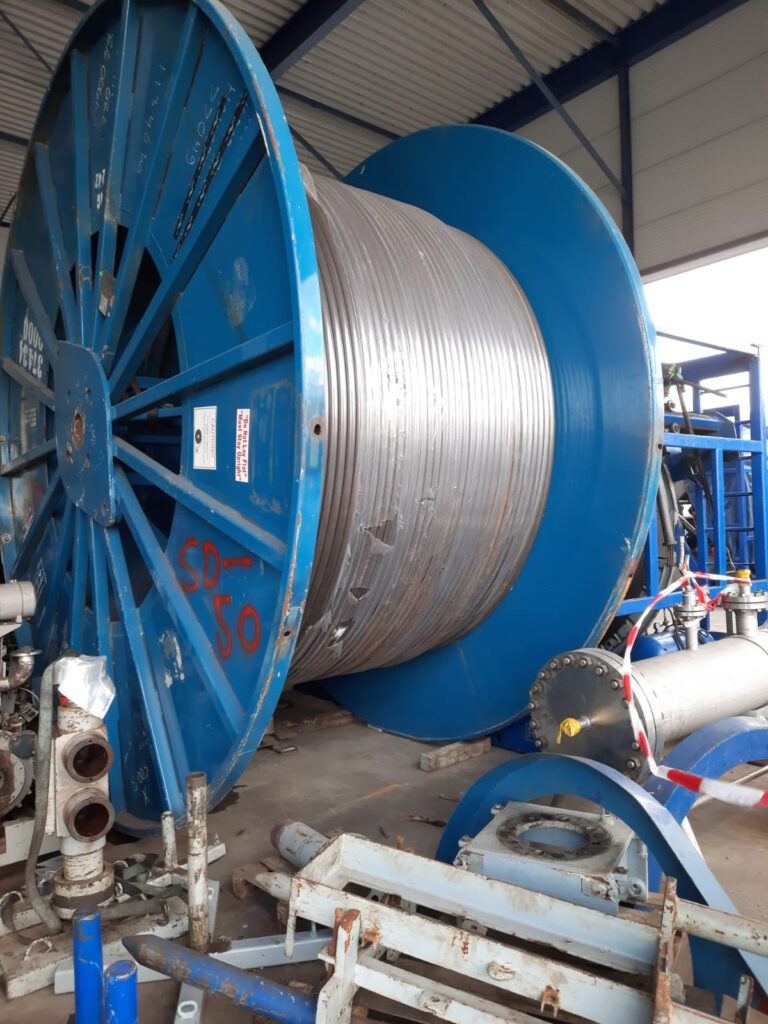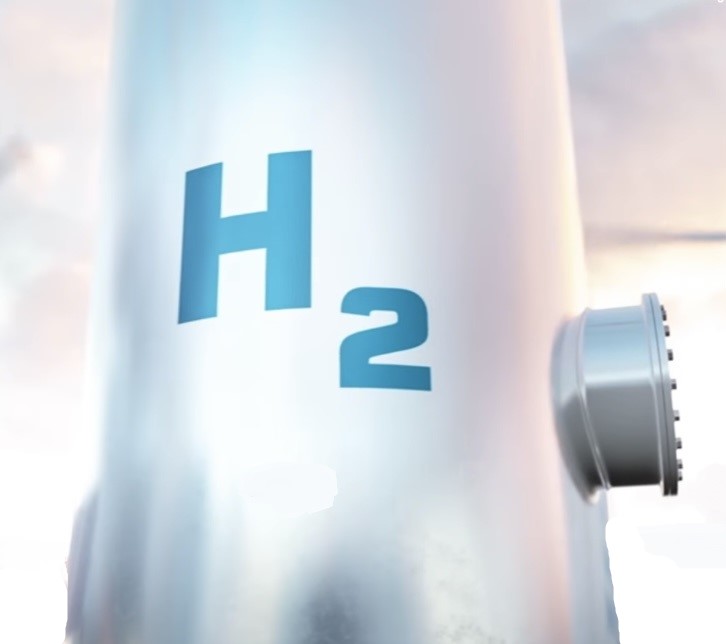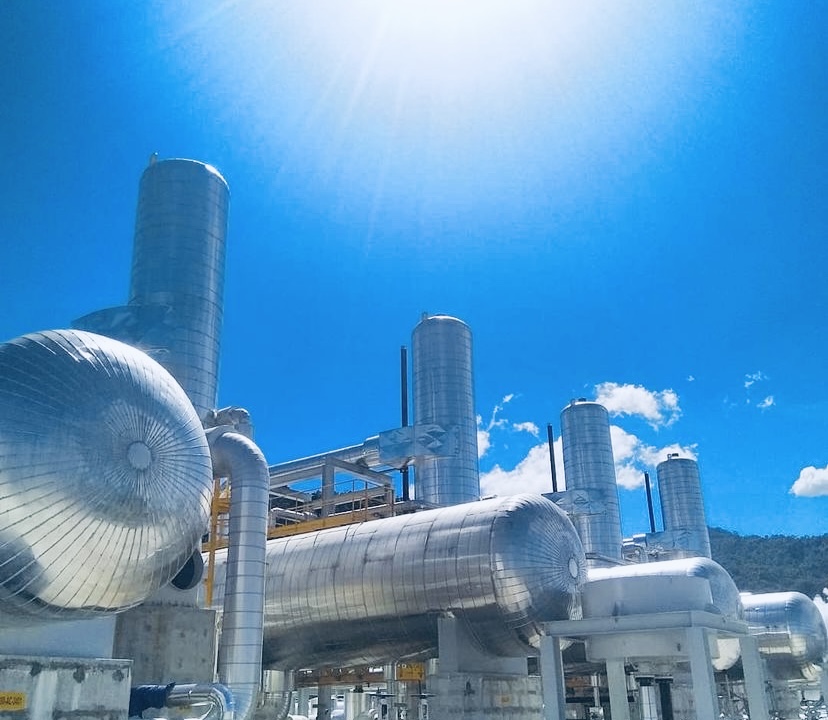ETT projects are divided into five technology categories that are all of vital importance to the Energy Transition.
- Gas Technology

The climate problem makes it very clear that the world is in urgent need to decarbonize its energy emissions, while the global energy demand is still expected to rise by almost 40% in 2040 (source IEA). Currently ca. 80% of global energy demand is supplied by fossil fuels. Due to ongoing strong efforts to increase the share of renewable energy in the global energy mix, it is expected that the demand for both coal and oil will decline over time.

However, Gas, being the most clean fossil fuel, is expected to rise from ca. 55 million boepd (currently) to ca. 85 million boepd in 2040. Gas is therefore considered as an Energy Transition fuel, until renewable energy sources fully take over. In order to make the gas production more sustainable and more efficient, ETT has developed a patented technology that can be applied to mature gas producing wells, increasing efficiency and reserves up to 30% and preventing 700-2000 tons of CO2 emissions per application (please visit Gas Technology page for more information).
- Energy Efficiency
For our Energy Efficiency business, we look for co-operation partners in China and India to import heat pumps. European Market is expanding, and heat pumps will become mandatory in the Netherlands as of 2026. Other European countries expected to follow.
- Carbon Capture Utilization and Storage (CCUS)

It is expected that ca. 10% of the global CO2 emissions can be eliminated by using CCUS which captures CO2, transports and stores in underground geological formations or to be used in various applications. More than 2,000 large scale (>0.4 Mt/year) plants need to be built by 2050 while there are currently only ca. 21 plants operational. IEA estimates that projects nearing FID as of September 2020 represent a total potential investment of ~US$ 27bn. ETT is working on a proprietary multiphase flow programming for CO2 transport pipeline systems and is actively looking for technology partners in the area of CO2 capturing technology (e.g. membrane/filtration technology), transportation and storage.
- Hydrogen

Ca. 20% of the global CO2 emissions from fossil fuels can be eliminated by using hydrogen, the clean-burning molecule that could become a zero-carbon substitute for fossil fuels in hard-to-abate sectors of the economy. With strong and comprehensive policies, over US$ 11trillion of investment will be required in production, storage and transport infrastructure resulting in an annual sales of hydrogen of US$ 700bn by 2050. ETT is actively looking for technology partners in the area of hydrogen transportation, separation, and storage.
- Geothermal

Geothermal energy, as a source of renewable energy for both power and heating, has the potential to meet 3-5% of global demand by 2050. With economic incentives, it is estimated that by 2100 it will be possible to meet 10% of global demand. Geothermal electricity generation is currently used in 26 countries, while geothermal heating is in use in almost 70 countries. Global geothermal power capacity is estimated to be ca.14.5–17.6 GW and based on current geologic knowledge and technology the Geothermal Energy Association (GEA) estimates that only 6.9% of total global potential has been tapped so far. Geothermal Heat generation often faces recurring well production problems. ETT is actively looking into technology solutions to improve wellbore stability and flow assurance of geothermal wells.
